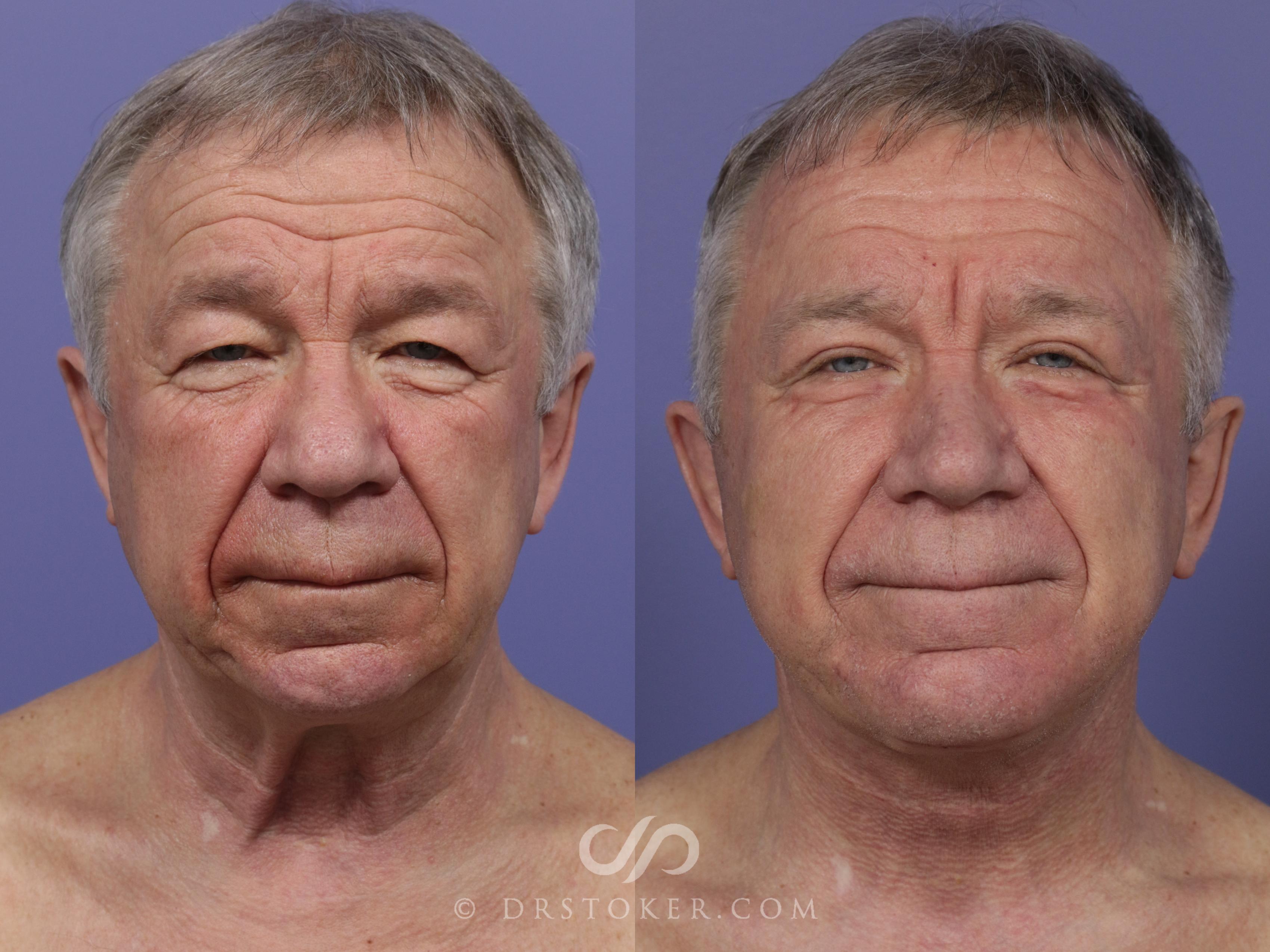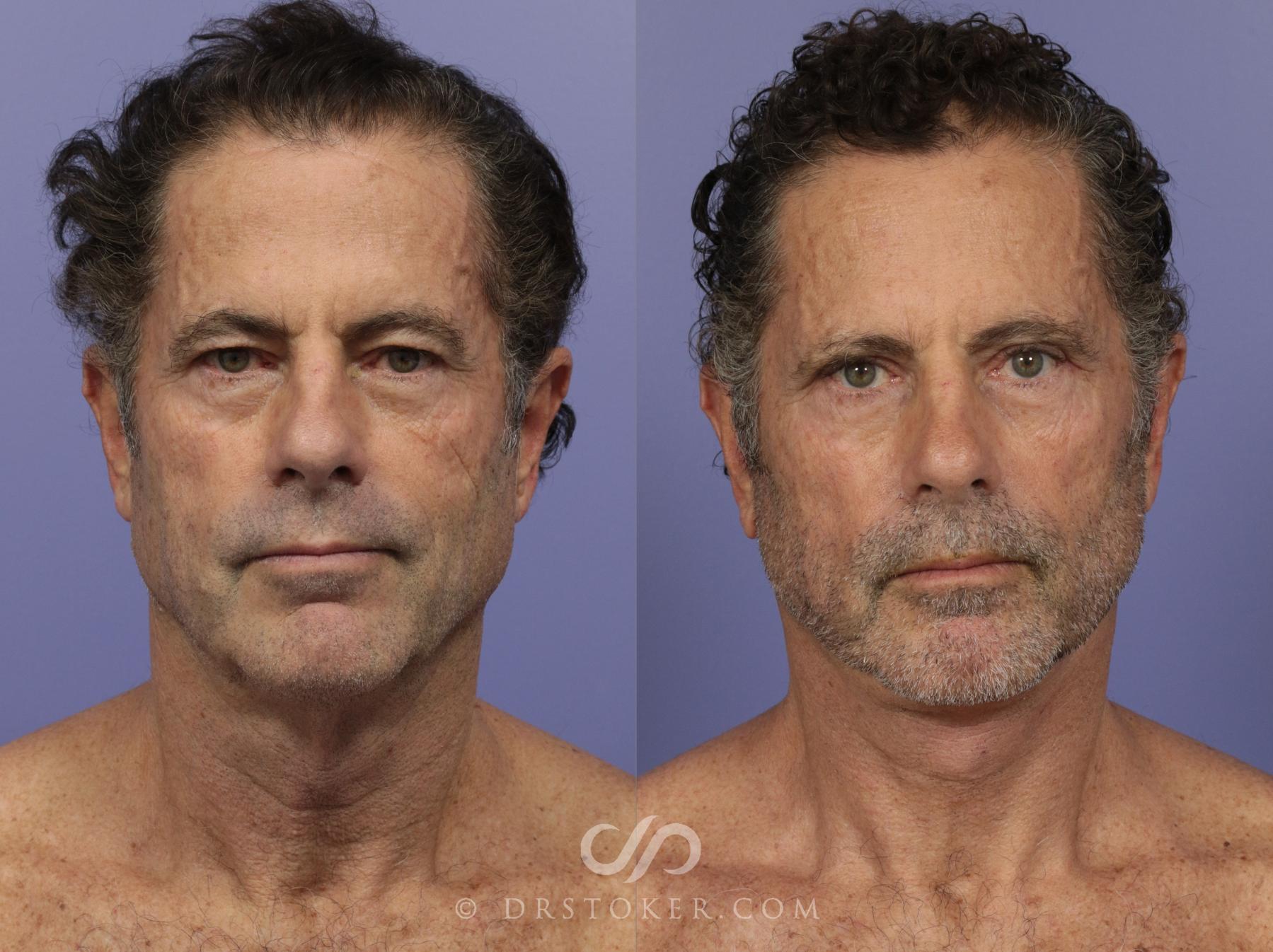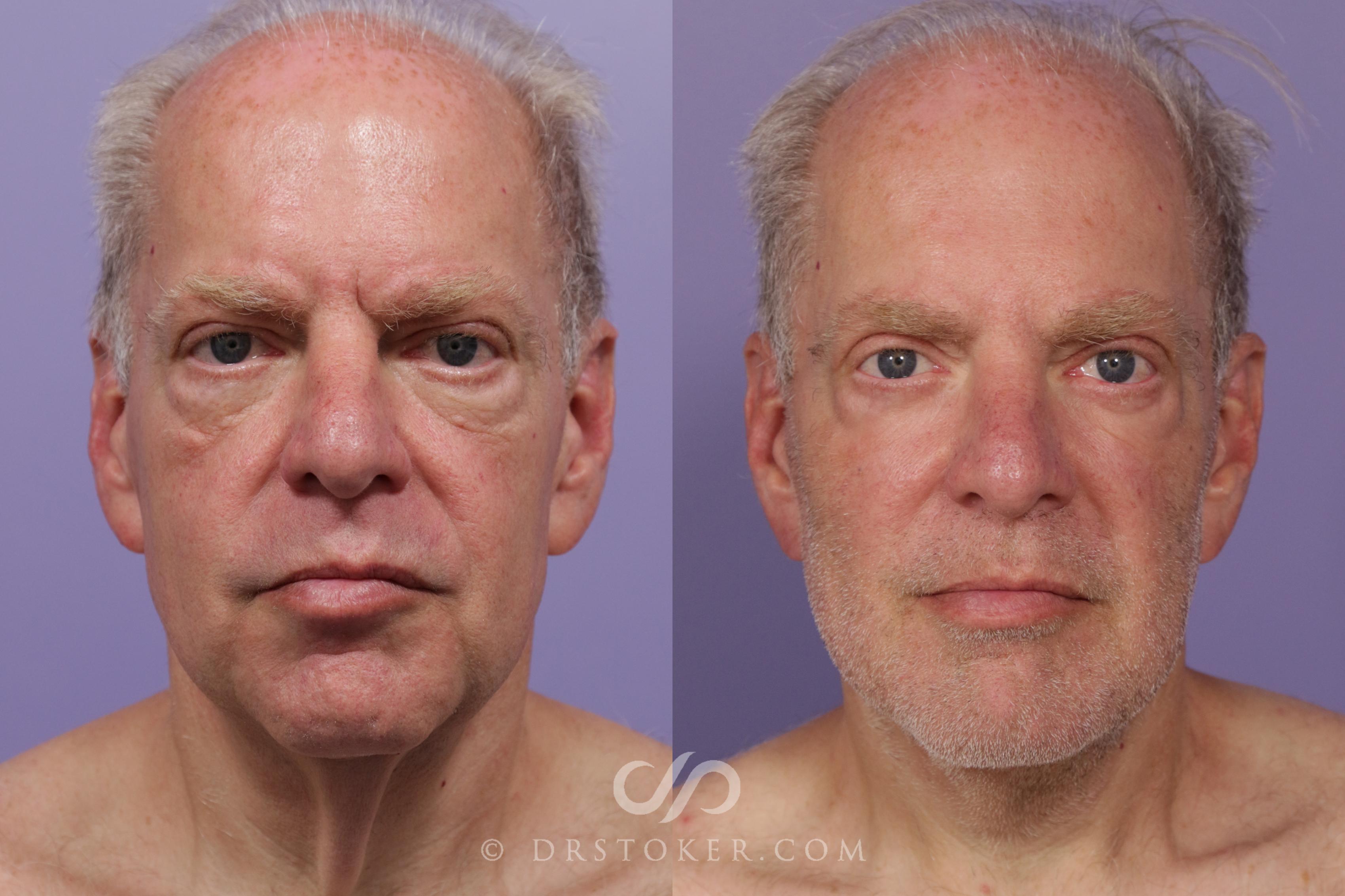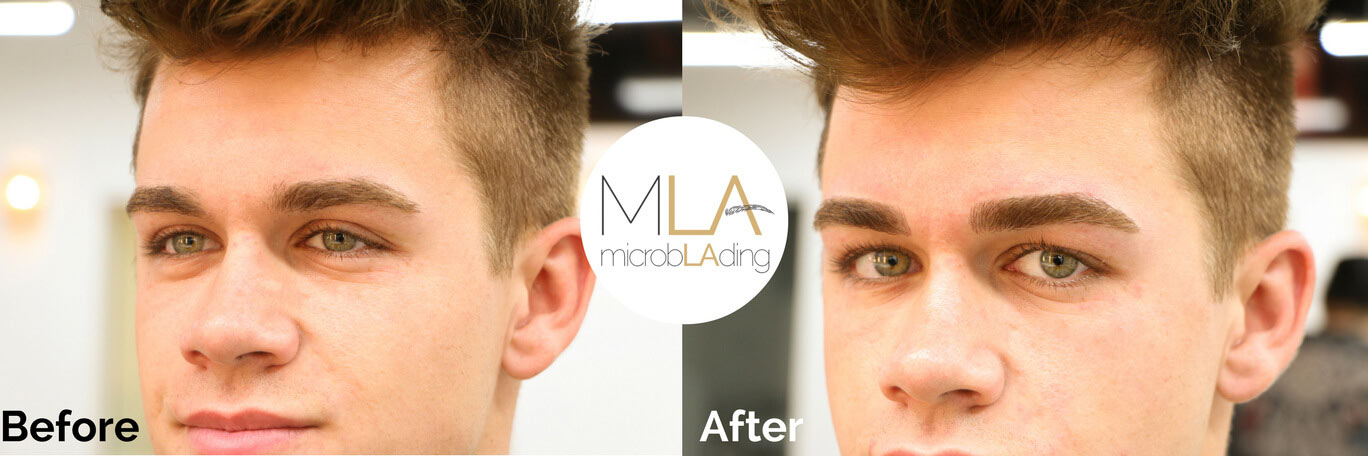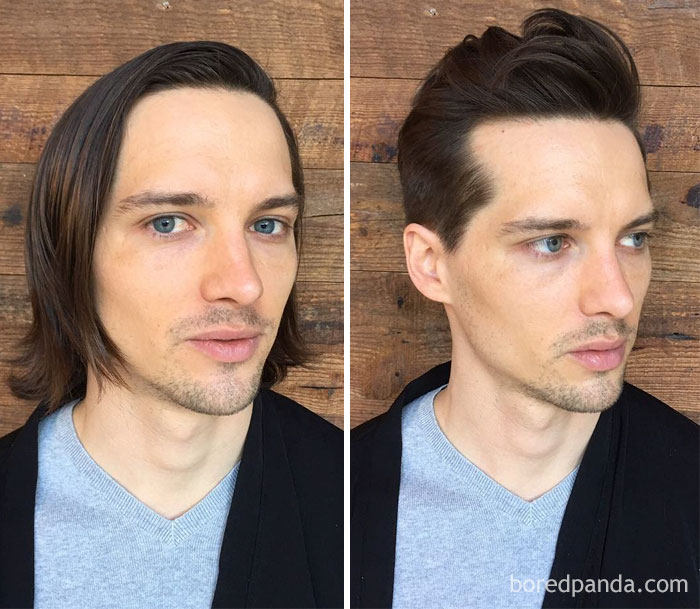Just For Men Before And After

For decades, Just For Men has been a staple in the grooming routines of countless men seeking to restore their youthful appearance by covering up gray hair. However, beyond the advertising campaigns and readily available before-and-after photos, lies a complex narrative involving product effectiveness, potential side effects, and evolving consumer perceptions. This article delves into the history, usage, reported issues, and evolving landscape surrounding this iconic hair dye, providing a balanced perspective on its impact on the market and its users.
At its core, Just For Men, manufactured by Combe Incorporated, is a hair color product designed specifically for men. It aims to provide a natural-looking color that blends seamlessly with existing hair, addressing the concerns of men who wish to conceal gray hairs. The product line includes formulas for different hair colors and beard/mustache applications.
History and Evolution
Introduced in the 1980s, Just For Men quickly gained popularity for its ease of use and targeted marketing to men. Unlike traditional hair dyes marketed towards women, Just For Men positioned itself as a quick and discreet solution for men to maintain a youthful appearance. The product's marketing heavily relied on before-and-after transformations, showcasing how effectively it could eliminate gray hair.
Over the years, the product line has expanded, offering various shades and application methods. This evolution reflects Combe Incorporated's commitment to catering to a diverse customer base and addressing evolving grooming trends. This includes offering products that cater to different hair textures and sensitivities.
How It Works
Just For Men utilizes a chemical process similar to other hair dyes. It involves opening the hair cuticle to allow dye molecules to penetrate the hair shaft, creating a permanent or semi-permanent color change. The specific chemical formulations vary across different products within the line, but they generally contain ingredients such as color developers and dye intermediates.
The application process is designed to be straightforward, with users typically mixing two components and applying the mixture to their hair or facial hair. The product is left on for a specified amount of time before being rinsed out, revealing the newly colored hair.
Reported Side Effects and Lawsuits
Despite its widespread popularity, Just For Men has faced scrutiny regarding potential side effects. Some users have reported experiencing allergic reactions, skin irritation, burns, and changes in hair texture after using the product. These reactions can range from mild discomfort to severe medical conditions requiring treatment.
Numerous lawsuits have been filed against Combe Incorporated alleging that Just For Men caused adverse reactions. Plaintiffs in these cases claim that the company failed to adequately warn consumers about the potential risks associated with using the product. The legal battles have brought increased attention to the potential dangers of hair dyes and the importance of proper labeling and consumer education.
Combe Incorporated maintains that its products are safe when used as directed and that allergic reactions are rare. The company emphasizes the importance of performing a skin allergy test before each use to minimize the risk of adverse reactions. This test involves applying a small amount of the product to the skin and monitoring for any signs of irritation or allergic reaction over a 48-hour period.
The Significance of Before and After Images
The success of Just For Men is inextricably linked to its effective use of before and after images. These images provide a visual representation of the product's transformative capabilities, demonstrating how effectively it can cover gray hair and restore a youthful appearance. The power of these images lies in their ability to create a relatable and aspirational message for potential customers.
However, the reliance on before and after images also raises questions about realism and the potential for manipulation. Critics argue that these images often present idealized results that may not be achievable for all users. Factors such as hair type, color, and individual sensitivity to the product can influence the final outcome. Ethical considerations are paramount regarding the use of these images.
Evolving Consumer Perceptions
In recent years, there has been a shift in consumer attitudes towards aging and appearance. The pressure to conform to traditional beauty standards is gradually diminishing, with more individuals embracing their natural appearance, including gray hair. This shift is partly driven by greater awareness of the potential risks associated with cosmetic procedures and a growing appreciation for individuality.
This evolving landscape presents both challenges and opportunities for Just For Men. While some consumers may still seek to cover their gray hair, others may opt for alternative grooming routines that celebrate natural aging. The company may need to adapt its marketing strategies and product offerings to cater to this changing demographic.
Furthermore, the rise of social media has provided consumers with a platform to share their experiences with Just For Men, both positive and negative. This increased transparency has created a more informed consumer base, empowering individuals to make informed decisions about their grooming choices. Online reviews and discussions can significantly influence consumer perception and purchasing decisions.
Conclusion
Just For Men remains a popular hair dye product, but its journey has been marked by both success and controversy. The product's effectiveness in covering gray hair is undeniable, as evidenced by countless before-and-after transformations. However, the potential for adverse reactions and the ongoing legal battles have raised concerns about safety and consumer awareness.
As consumer perceptions of aging and appearance continue to evolve, Just For Men must adapt to remain relevant and competitive in the market. Transparency, responsible marketing, and a commitment to consumer safety will be crucial for ensuring the long-term success of this iconic brand. Whether it continues to dominate or faces new competition, Just For Men's legacy is intertwined with the ever-changing standards of beauty and the choices men make about their appearance.



